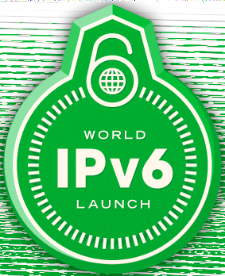0
Founded in 1820, Indiana University has over 115,000 undergraduate and graduate students, 20,000 faculty members and eight campuses located throughout the State of Indiana. The University’s vision is to provide their students with the best possible education experience via a world-class IT team.
For almost a decade the university was building custom scripts and deploying their applications onto VMs running on RHEL 6. A process that involved lots of manual work. In addition to this, their environment was optimized for their legacy Java-based applications.
In order to give their students the best experience possible, the University needed to not only modernize their 150 applications that span across both administrative and student lines and include everything from human resources based applications, course selection, finances and other student-facing applications. They also needed the ability to deploy their applications across their multi-host datacenter environment. They required a production-ready solution. A tool that would enable them to build new process around packaging, deployment, management, and scale for both centralized and de-centralized environments at the same time.
For this, Indiana University turned to the Docker Datacenter (DDC) solution. DDC is our commercial solution that delivers a Containers as a Service platform and includes: Universal Control Continue reading
 A look into access authorization management. Read NEC's automotive manufacturer case study.
A look into access authorization management. Read NEC's automotive manufacturer case study.